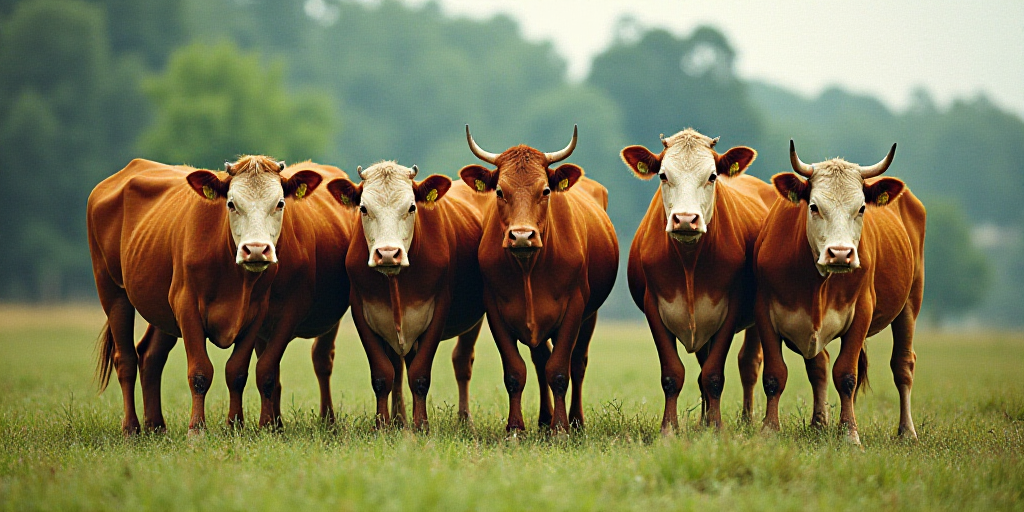US and Mexico Agriculture Leaders Collaborate on Screwworm Management
Brooke Rollins, the US Department of Agriculture (USDA) chief, and Julio Berdegué Sacristán, Mexico’s Secretariat of Agriculture and Rural Development (SADER) head, have agreed on a plan to manage the screwworm, a destructive livestock parasite. Although this agreement does not set a date for reopening the US-Mexico border, it includes measures such as regionalizing national territory.
Key Measures in the Plan
- Regionalization of national territory
- Safe import protocol for healthy cattle via maritime routes
- Innovative monitoring strategy using traps with attractants for the fly
- Movement of cattle within national territory only allowed from Senasica-certified origins to destinations
SADER announced in a press release that the working session held from July 22 to 24 in Mexico City marked the beginning of drafting the Action Plan. The plan outlines four proposed measures by the Mexican government, including regionalization of the national territory and strict importation protocols.
Topics Discussed
- Control of cattle movement
- Monitoring screwworm dispersal
- Importations and cattle movement from Central America to Mexico
- Vigilance in domestic animals and wildlife
- Guidelines for potential future suspension decisions
Impact on the Mexican Cattle Industry
Juan Carlos Anaya, director of the Grupo de Consultores de Mercados Agrícolas (GCMA), stated that this plan presents an opportunity for the Mexican cattle industry to regain trade confidence and expedite the opening of key markets, particularly for northern Mexico’s cattle. Furthermore, it strengthens detection, containment, and eradication mechanisms of the screwworm, enhancing sanitary and commercial certainty.
Anaya added that while the agreement signing is positive news for the national cattle sector, they anticipate concrete results and clear decisions regarding the resumption of US cattle exports.
Important Actions
- Regional sanitation will enable short-term reopening of cattle exports from northern Mexican regions free of screwworm, highly demanded by Texas engorgers and meatpackers in the US
- Maritime import protocol will primarily target cattle from Central America and other origins with strict sanitary controls
- Controlled cattle movement from emergency zones to central and northern regions will only occur between Senasica-certified facilities
Additionally, the US and Mexico governments formalized American contributions to establish a new plant in Metapa de Domínguez, Chiapas. This facility will produce up to 100 million sterile flies per week, intensifying the screwworm control and eradication campaign. Senasica initiated plant construction on July 4, with full operation expected by the first half of 2026.
Key Questions and Answers
- What is the main goal of this agreement? The primary objective is to collaboratively manage and control the screwworm, a livestock parasite affecting both US and Mexican cattle industries.
- What measures are included in the plan? The plan includes regionalization of national territories, safe import protocols for healthy cattle, innovative monitoring strategies using traps, and controlled cattle movement between Senasica-certified facilities.
- How will this agreement impact the Mexican cattle industry? This plan aims to restore trade confidence and expedite the opening of key markets for Mexican cattle, while strengthening screwworm detection, containment, and eradication mechanisms.
- What are the important actions resulting from this agreement? Key actions include regional sanitation for short-term cattle export reopening, maritime import protocols for cattle from Central America and other origins with strict sanitary controls, and controlled cattle movement between certified facilities.






